Your Call
I think that two of today’s five featured images stand out clearly above the rest as the picks of the litter. All are invited to leave a comment and let everyone know which are their two favorites and why they made their choices. I will share my thoughts with you here in the next blog post.
In the Last Blog Post
In the last blog post, Tariff Concerns & Sony 400-800 Kills at Lake Blue Cypress, I wrote: Which two of today’s nine featured images are your favorites? Why do you like each one?
First off, thanks to the many who commented. Most folks went with the sinister gator, Image #1 and the chick feeding shot, Image #4. Numbers 5 and 8 each got a mention as well. Nobody went with my mythical Cypress Tree Osprey. My absolute favorite was the American Alligator in black water (the result of tannin from the Cypress Trees); those creepy eyes and the swirly greens put that one at the top of the list. I liked several others for second place for a variety of reasons.
What’s Up?
As you will see while perusing today’s featured images, photography at ILE this spring continues to be excellent.
Today is Thursday 1 May 2025. I will be heading down to the lake early. Again. Whatever you plan on doing, I hope that you too opt to have a wonderful day. Do remember that happiness is a choice — Byron Katie, The Work.Com.
If an item — a Delkin flash card, or a Levered-clamp FlexShooter Pro head — for example, that is available from B&H and/or Bedfords, is also available in the BAA Online Store, it would be great, and greatly appreciated, if you would opt to purchase from us. We will match any price. Please remember also to use my B&H affiliate links or to earn 3% cash back at Bedfords by using the BIRDSASART discount code at checkout for your major gear purchases. Doing either often earns you free guides and/or discounts. And always earns my great appreciation.
Supporting My Efforts Here
If you enjoy and learn from the blog, are all set for gear, or live overseas, consider leaving a BAA Blog Thank You Gift here.
If you enjoy and learn from the blog, please consider using one of my affiliate links when purchasing new gear. It will never cost you a single penny. To support my effort here, please order from B&H by beginning your search here. Or, click here, to order from Bedfords and enter the discount code BIRDSASART at checkout to receive 3% cash back to your credit card and enjoy free Second-Day Air Fed-Ex shipping. It is always best to write for advice via e-mail.
In many cases, I can help you save some serious dollars. And/or prevent you from purchasing the wrong gear from the wrong shop.
Five Lenses On the Front Passenger Seat of My X5 SUV!
I usually keep four lenses on the front passenger seat of my SUV, but lately — on occasion — I’ve gone for the whole enchilada by keeping five lenses next to me; the 600mm f/4, 400mm f/2.8, 400-800mm f/6.3-f/8, 300mm f/2.8, and the 70-200mm f/2.8 GM II. (That said, the 200-600 has been on the floor of my garage since I got the 4-8.) And yes, I am quite blessed to own so many great lenses. Though I’ve never used all five of them on the same day, it is great to have them all handy so that I can grab the right lens when I need it. Most mornings I wind up using two or three of them. Today, I am posting one image made with each lens from my last four morning sessions at ILE. For each image, I explain the rationale of my lens, focal length, and shutter speed choices.
|
|
|
This image was created on 28 April from the pier at the lake near my home at Indian Lake Estates, FL. Standing, I used the hand held Sony FE 70-200mm f/2.8 GM OSS II Lens (at 88mm) and The Latest Greatest Sony Flagship Body, the a1 II Mirrorless Camera. The exposure was determined by Zebras with ISO on the rear wheel — ISO 3200: 1/60 second at f/2.8 (wide open) in Manual mode. RawDigger showed that the exposure was perfect. AWB at 6:40:05am about 20 minutes before the time of sunrise. Tracking: Spot XS/AF-C with Bird-Eye/Face Detection performed perfectly. Click on the image to enjoy the larger, inexplicably sharper high-res version. Image #1: Sandhill Crane with two small colts, flock of Black-bellied Whistling Ducks, and the marsh on the edge of the lake |
The View from the Pier
In the pre-dawn light, I grabbed the 70-200mm f/2.8 GM II lens primarily for its super-wide aperture but also for its relatively wide focal length range. Don’t forget that for me, a 70-200 is a wide angle lens. I got up onto the pier so that I could look down on the birds and see more of the marsh; getting lower would have flattened the elements of the composition.
I used (center) Tracking: Spot XS to focus on the adult crane and then recomposed by pointing the lens up and to the left.
Why 88mm?
With very little light and a nice scene before me, the wide view was the way to go. In addition, it is easier to create sharp images with shorter focal lengths than it is with longer focal lengths.
|
|
|
This image was created on 29 April down by the lake near my home. Standing on the slope that leads down to the South Canal, I used the hand held Sony FE 300mm f/2.8 GM OSS Lens (Sony E) and The Latest Greatest Sony Flagship Body, the a1 II Mirrorless Camera. ISO 3200. Exposure determined via Zebras with ISO on the Thumb Wheel; 1/1000 sec. at f/2.8 (wide open) in Manual mode. RawDigger showed that the exposure was dead solid perfect: AWB at 7:01:03am on a then partly cloudy morning. Wide/AF-C with Bird Eye/Face Detection enabled performed perfectly. Image #2: Sandhill Crane small colt flapping wings |
The Venerable Orchestra Conductor
This is my favorite image from a 12-frame, all-razor-sharp-on-the-eye sequence; the dorsal view of the growing wings is the bomb. Note that three rows of secondary wing coverts have grown in completely while primary coverts are only fluff and the primaries are merely pin feathers. Tired of getting too much motion blur on the running colts at 1/500 sec. I bit the bullet and went to 1/1000 sec. while doubling the ISO to 3200.
Why 300mm?
When the crane chicks and small colts are up top on the South Peninsula and I am down the slope, 300mm can be a great focal length for both verticals and horizontals.
|
|
|
This image was created on 29 April down by the lake near my home. Seated in the driver’s seat of my SUV I used the BLUBB-supported Sony FE 400mm f/2.8 GM OSS Lens and The Latest Greatest Sony Flagship Body, the a1 II Mirrorless Camera. ISO 800. Multi-metering +2.3 stops in Shutter Priority mode with Exposure Compensation (EC) on the Thumb Dial. AUTO ISO set ISO 5000: 1/250 sec. at f/2.8 (wide open) in Shutter Priority mode. RawDigger showed that the exposure was 1/2 stop short of perfect. AWB at 6:38:57am about ten minutes before the time of sunrise. Wide/AF-C with Bird Eye/Face Detection enabled performed perfectly. Image #3: Osprey with fresh caught crappie on branch near nest |
A New Osprey Behavior for Me
It was just beginning to get light when I got down to the lake on Thursday morning past. I noticed an Osprey with a fish kiting (hovering) far above its mate in their natural nest on the corner of Park Avenue and Palmetto Drive. The bird would fly a short distance and then call again while kiting. After about a half dozen times, the bird swooped down and landed on its favorite breakfast branch with a whole crappie. I am not sure why I had grabbed the 400 f/2.8 that morning but am sure glad that I did as it was the perfect and — with its super-wide aperture, pretty much the only lens for the extreme low light situation.
Even though this was a long and well established pair, the new behavior that I witnessed was surely a courtship display.
As I had been set up for blurs, I opted to stay in Shutter Priority so that I could get some images before poppa Osprey ripped the lips and head off the fish. In the dim light and with the somewhat loose framing, I knew that +2.3 stops of EC would not quite be enough. I did not, however, wish to go beyond ISO 5000. My choice of shutter speed was an interesting one. I figured that 1/250 would get me mostly sharp eyes with perhaps a bit of wing blur when the bird flapped for balance. I am glad to report that my decision was spot on. For more on shutter speeds for bird photography, check out the YouTube video here.
Why 400mm?
400mm turned out to be the perfect focal length for this situation as it allowed for sufficient pixels on the subject while ensuring that I would not be clipping any wings when the bird held them out for balance (as it did quite a bit).
|
|
|
This image was created on 30 April 2025 down by the lake near my home. Standing on the beach left of the pier, I used the hand held Sony FE 400-800mm f/6.3-8 G OSS lens (Sony E) (at 563mm) and The Latest Greatest Sony Flagship Body, the a1 II Mirrorless Camera. The exposure was determined by Zebras with ISO on the rear wheel — ISO 1600: 1/3200 second at f/8 (wide open) in Manual mode. RawDigger showed that the exposure was dead-solid perfect. AWB at 7:39:01am on a sunny morning. Wide/AF-C with Bird-Eye/Face Detection performed perfectly. Click on the image to enjoy the larger, inexplicably sharper high-res version. Image #4: Black-necked Stilt adult calling in flight |
Why 563mm (when I had 800mm available)?
With Image #4, 54% of the original pixels were cropped away and discarded leaving a 63.6M (.TIF) master file. Because Black-necked Stilts are fast and erratic flyers, it is much easier to zoom out a bit, say to 563mm, than to try to follow and keep the bird in the frame at 800mm. So, that is what I did. The good news is that it is only natural to zoom out in such situations. Don’t be too greedy or you will wind up clipping wings, feet, and heads.
Though the original was sharp, this one required some extensive Eye and Face Doctor work. It will be included in the upcoming Digital Basics IV Video Series.
|
|
|
This image was created on 28 April 2015 down by the lake near my home. Seated in the driver’s seat of my SUV I used the BLUBB-supported Sony FE 600mm f/4 GM OSS lens with the Sony FE 2x Teleconverter and The Latest Greatest Sony Flagship Body, the a1 II Mirrorless Camera. ISO 1000. The exposure was determined by Zebras with ISO on the rear wheel: 1/2000 second at f/8 (wide open) in Manual mode. RawDigger showed that the exposure was dead solid perfect. AWB at 7:53:22am on sunny morning. Tracking: Zone/AF-C with Bird-Eye/Face Detection performed perfectly. Click on the image to enjoy the high-res version. Image #5: Osprey taking flight from the shallow water |
Lucky with a Marginal Shutter Speed. Again!
With birds taking flight, I like to ensure a sharp image by being at 1/2500 sec. at a minimum; 1/3200 or 1/4000 sec. is ideal. For Image #5, I was quite happy to get the Osprey’s eye sharp at only 1/2000 sec.
Why 1200mm?
When the ILE Ospreys land in the small bay to the left of the pier to bathe, they are always quite wary. The best strategy is to go with your longest focal length, keep your vehicle well back from the shoreline, and drive to sun angle very slowly (while uttering sweet nothings to the bird entreating it to stay put).
Typos
With all blog posts, feel free to e-mail or to leave a comment regarding any typos or errors.

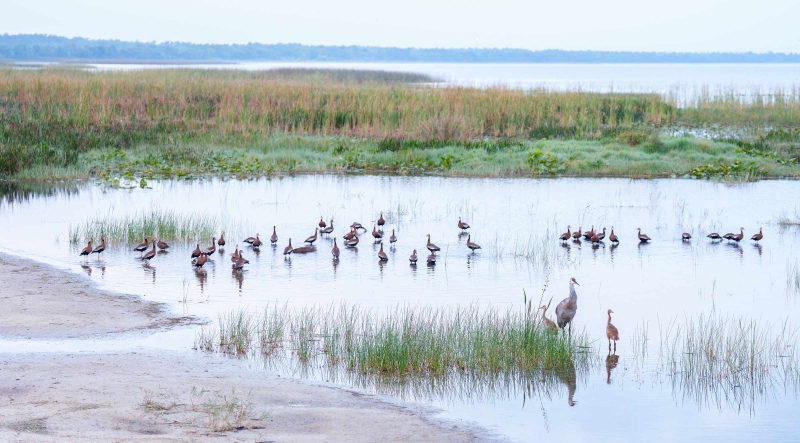
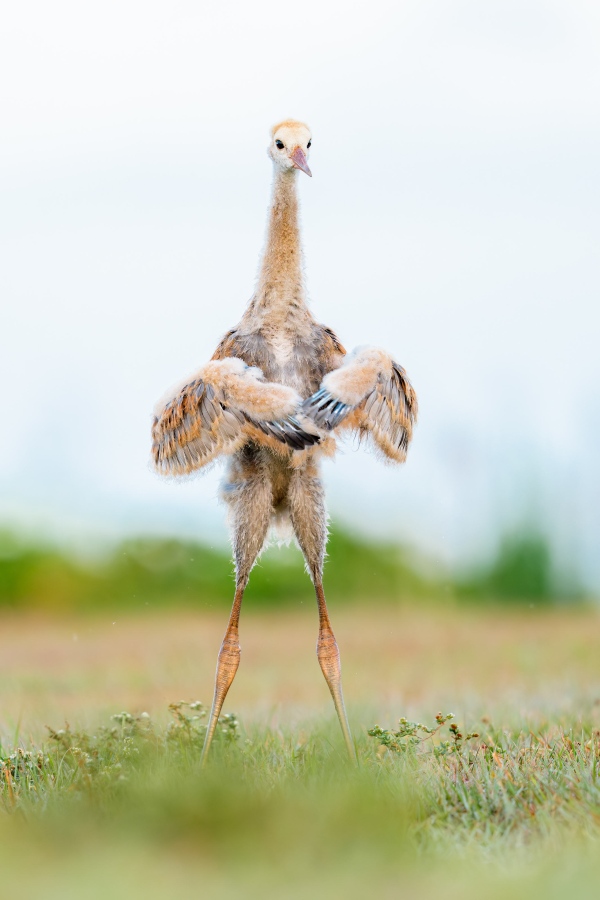
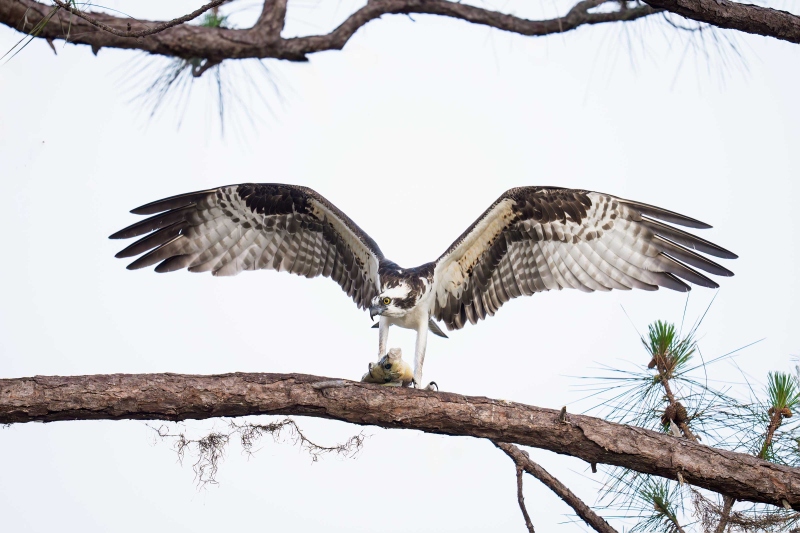
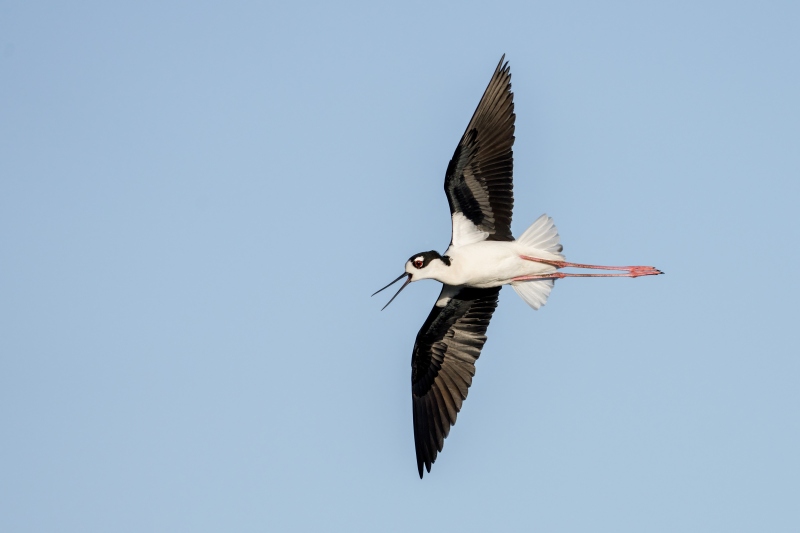
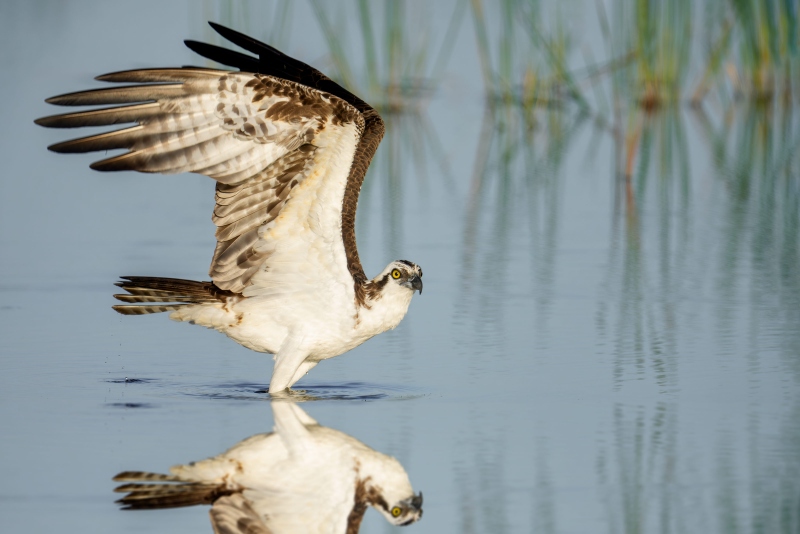






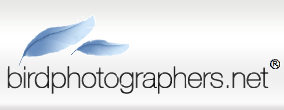


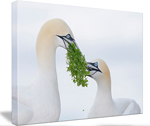



my favs:
#2 the photo of the colt conveys so much emotion!..love it 🙂
#4 great wing, body symmetry along with those illuminated wings and underparts
LOL @ whispering sweet nothings..thought i was the only one who did that!
Thanks, Mishael.
The stilt image is all about sun angle.
I’ve been pleading with the birds not to fly for nearly 40 years now. The first time was with an adult Black-crowned Night-Heron at Big John’s Pond at Jamaica Bay Wildlife Refuge in Queens, NY.
with love and see you soon at ILE, a
#2. Too cute!
Thanks and welcome to the BAA Blog 🙂
a
Image #2 (the audacious colt delivered) and #4 (a photo I’d love to get, though probably not this year, with low water levels now keeping stilts distant).
The water is very low here right now. That is why there are a few stilts around. Some years they try to nest here but always get flooded out.
with love, artie
#2 is such a smile maker! It reminds me more of a bouncer blocking the way into a bar: “You’re not coming in here, mister”
It certainly puts a smile on my face every time I look at it.
with love, a
Hi, Artie. My favorite is #2 for the reasons others have given. The colt appears to be applauding.
Hooray! And thanks.
a
Art: My favorite is #2. You caught the bird in such a comical pose — with it’s serious conductor-like wings and it’s knobby knees. It made me laugh! Second is #4; a great shot of an erratic black stilt in flight.
Thanks, Pat. The stilt image was made from the exact spot that we worked from down by the lake left of the pier.
Have a good trip to NYC.
with love, artie
Thanks for another very informative lesson! My favorites are #2 and #5, both for the pose of each bird.
Hey Warren,
Many thanks. Those may very well be the two best (for the reason that you state).
with love, a
My favorites:
2 – For the pose, the POV and the perfect framing from extreme foreground to extreme background.
4 – For the flight ventral view while calling none-the-less.
Thanks, Pugs.
Those two are at least excellent. I’d wish for a bit more head turn toward us with the stilt.
with love, a
I like #2. It’s such an odd pose, and even wide open every part of the chick is sharp.
What are the “sweet nothings” you utter to the osprey?
Yes, sharp at first/2.8!
“Don’t fly baby, I just want to make you famous. I do not want your fish.”
a